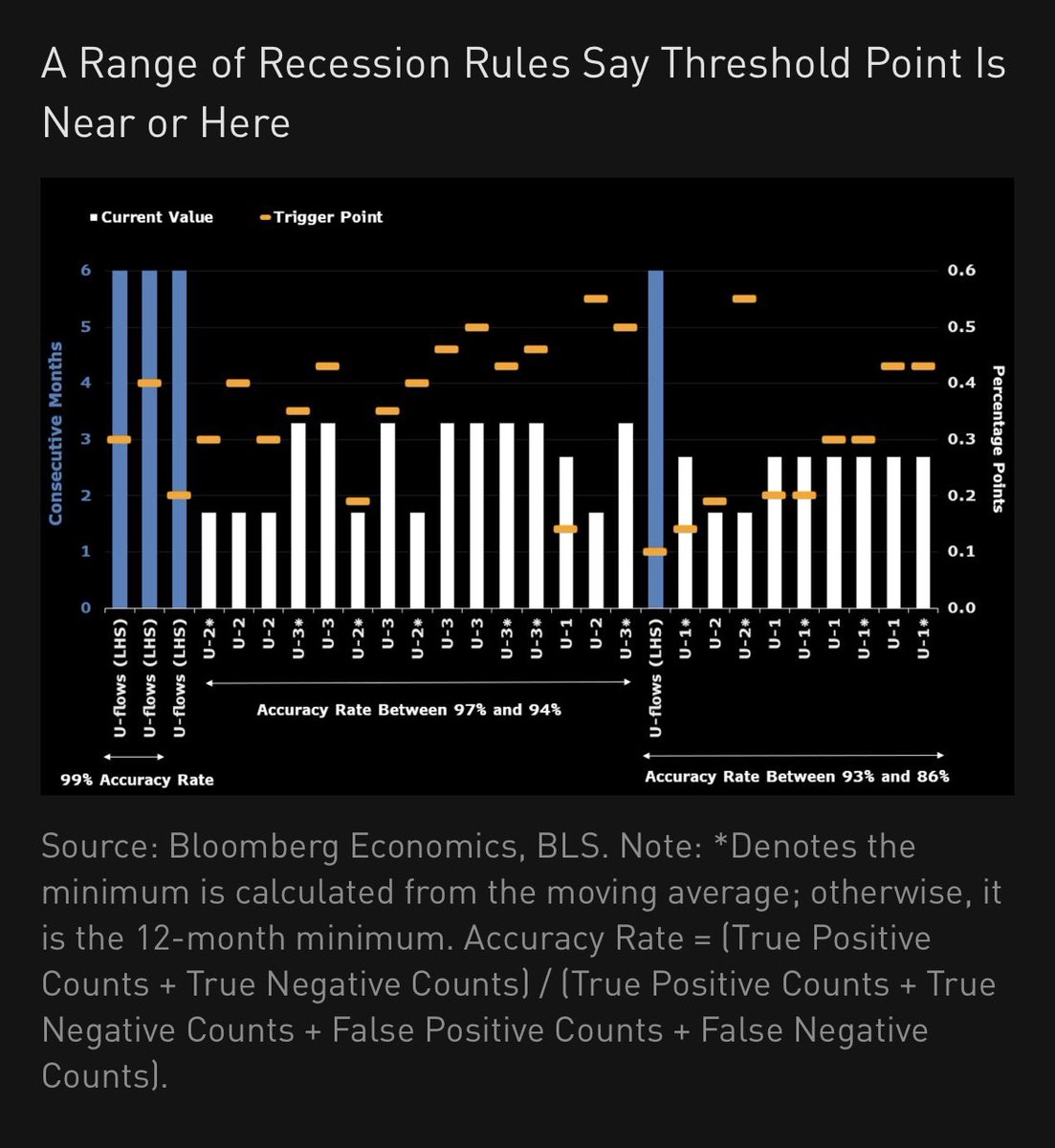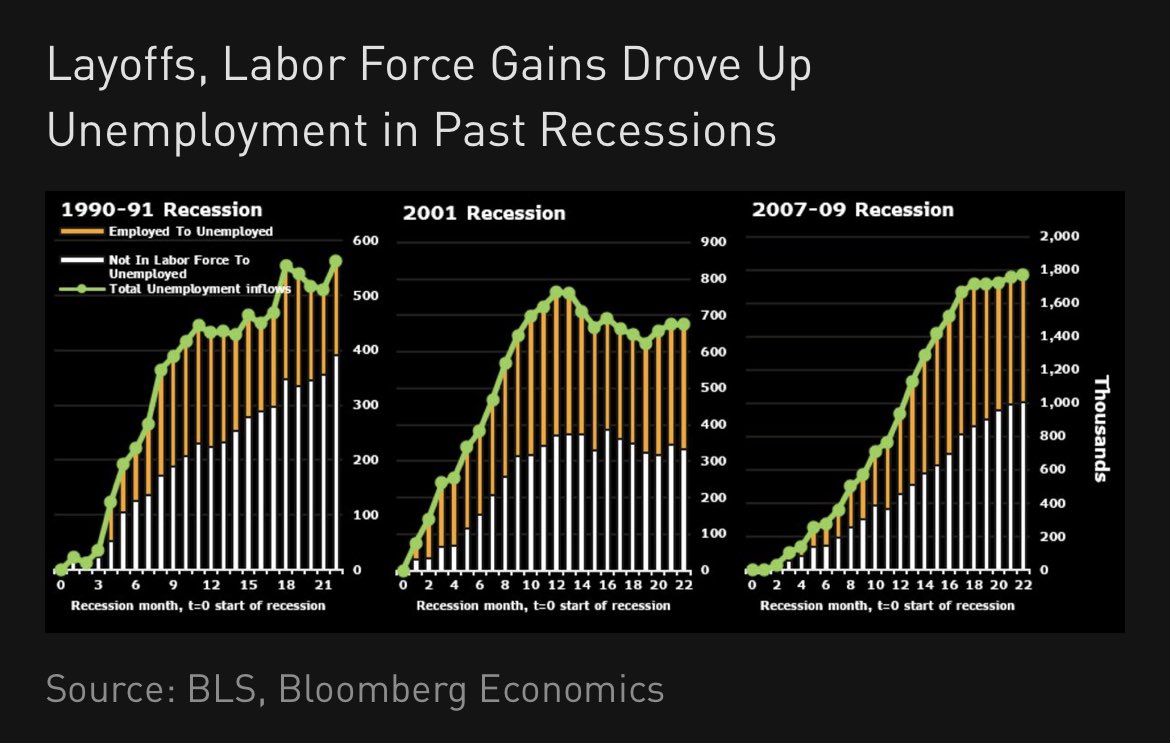Lacy Hunt mentioned the “long tentacles” of payrolls revisions on other upstream economic indicators.
Some of them I identified are: personal income (lower), which also means saving rate (lower), GDI (lower). Ultimately, GDP (lower).
There is this myth that GDI always get revised toward GDP. It is a myth, because turns out that GDI leads GDP in turning points of the economy (per BEA and Fed research). And GDP tends to get revised toward GDI in lead up to and during recessions…though obvious only several years later.
The discrepancy is GDP and GDI also turns out to be predictive of unemployment rate in the lead up to cyclical peaks.
Finally, why does GDI have these superior features over GDP at cyclical turning points?
You guess it…it is likely firm birth and death again!
GDI picks up the firm and death because it uses QCEW as source data…while GDP probably has non sampling data bias during these period.
This Fed paper by Jeremy Newaik has the most thorough treatment of the GDI and GDP differential that I’ve read. The former being superior during 2006-2008.
Bottomline: why do I have to spend my Friday night writing about this rather reading a nice book? I’d rather not. But people on this app put too much signal on GDP, particularly in today’s economic environment. Research would say to put more weight on GDI in turning points.



Some of them I identified are: personal income (lower), which also means saving rate (lower), GDI (lower). Ultimately, GDP (lower).
There is this myth that GDI always get revised toward GDP. It is a myth, because turns out that GDI leads GDP in turning points of the economy (per BEA and Fed research). And GDP tends to get revised toward GDI in lead up to and during recessions…though obvious only several years later.
The discrepancy is GDP and GDI also turns out to be predictive of unemployment rate in the lead up to cyclical peaks.
Finally, why does GDI have these superior features over GDP at cyclical turning points?
You guess it…it is likely firm birth and death again!
GDI picks up the firm and death because it uses QCEW as source data…while GDP probably has non sampling data bias during these period.
This Fed paper by Jeremy Newaik has the most thorough treatment of the GDI and GDP differential that I’ve read. The former being superior during 2006-2008.
Bottomline: why do I have to spend my Friday night writing about this rather reading a nice book? I’d rather not. But people on this app put too much signal on GDP, particularly in today’s economic environment. Research would say to put more weight on GDI in turning points.




• • •
Missing some Tweet in this thread? You can try to
force a refresh













